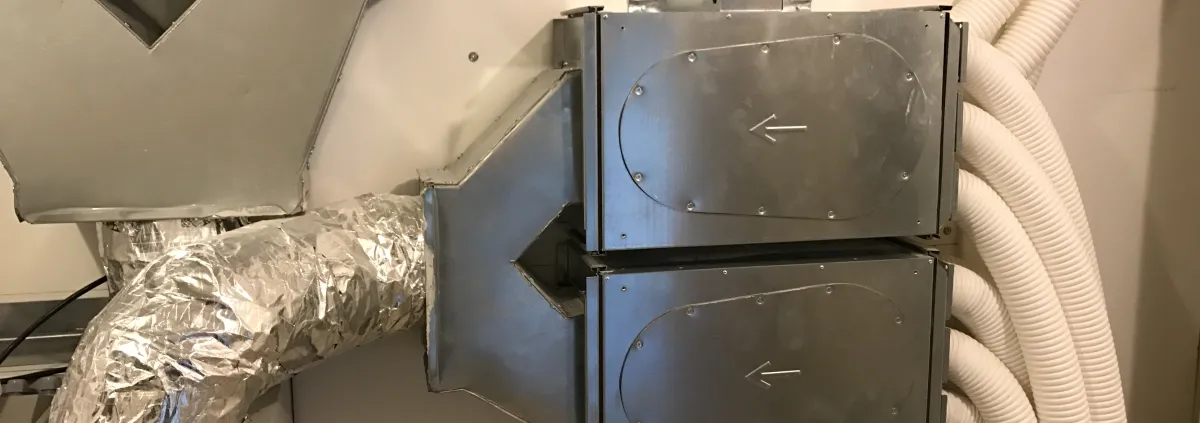Energy and heat recovery ventilators supply fresh, filtered outdoor air while simultaneously exhausting stale, moist air from spaces. They exchange heat between incoming and outgoing airflows through simple heat exchanger technology without mixing the air to help maintain the indoor temperature, minimize heating or cooling energy, and improve air quality.
Best practice for air quality would use a central heat recovery ventilator (HRV) or energy recovery ventilator (ERV) with ducts to supply air to living areas and bedrooms and exhaust air from bathrooms, laundry rooms or other spaces. However, ductless point source ERVs can be used in individual rooms and may be a good solution for studio units or small apartments, or any space in a home that can't be served by ducts.





Thanks Sarah, all good to know. Can’t believe the twin fresh can’t be hard wired! Will see if different models can be. I’ve heard complaints about Lunos high speed setting being noisy…